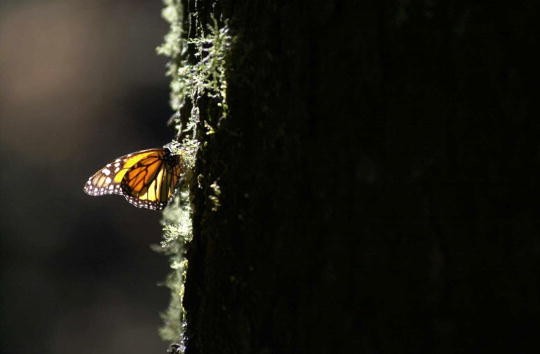The migration navigation system that the monarch butterflies use for travelling long distances has finally been solved with this new study. The research revealed that the insects have a compass that guides them other regions of the world.
A team of researchers has created a model that explained how the information was processed in the insect's brain, according to a journal posted on Cell Reports' official website. The study revealed that its eyes are always checking out the sun in relation to the horizon. It needs to know where the sun at the moment and registers it in their brains.
In a previous research, scientists have found out that these butterflies would use the position of the sun in the sky with their internal clocks to find out where south is, and this is called the time-compensated sun compass. There was one issue with this discovery, which was how the insects would use the information and process it inside their brains.
The biological clocks of the insects help out with this process, which are inside the antennae. The clock can indicate whether the sun is rising or setting if it is close to the horizon.
The researchers used their own data, fed it to their own computational model, and developed a supposed-to-be neural mechanism of the insects. The rate and combination of the neuronal signals would tell the insect's brain what kind of signal it would send to its body to change course. These signals can let it change angles and whether it can turn right or left.
University of Washington applied mathematics researcher Eli Shlizerman told Christian Science Monitor in a phone interview that the phenomenon did not just appear in the model, but also in a real situation. The team found out that if the butterflies were pushed off course, they would rotate their bodies around to find the correct course in their computation model. They used actual butterflies in their next experiment and it did the same rotations.
The team is planning to check out the biology of the butterflies to see if their models would match the structures inside the insects' brains. The research could help out getting clues into the navigational tools of other animals and insects too.
Check out the monarch butterflies' incredible journey video below:



























